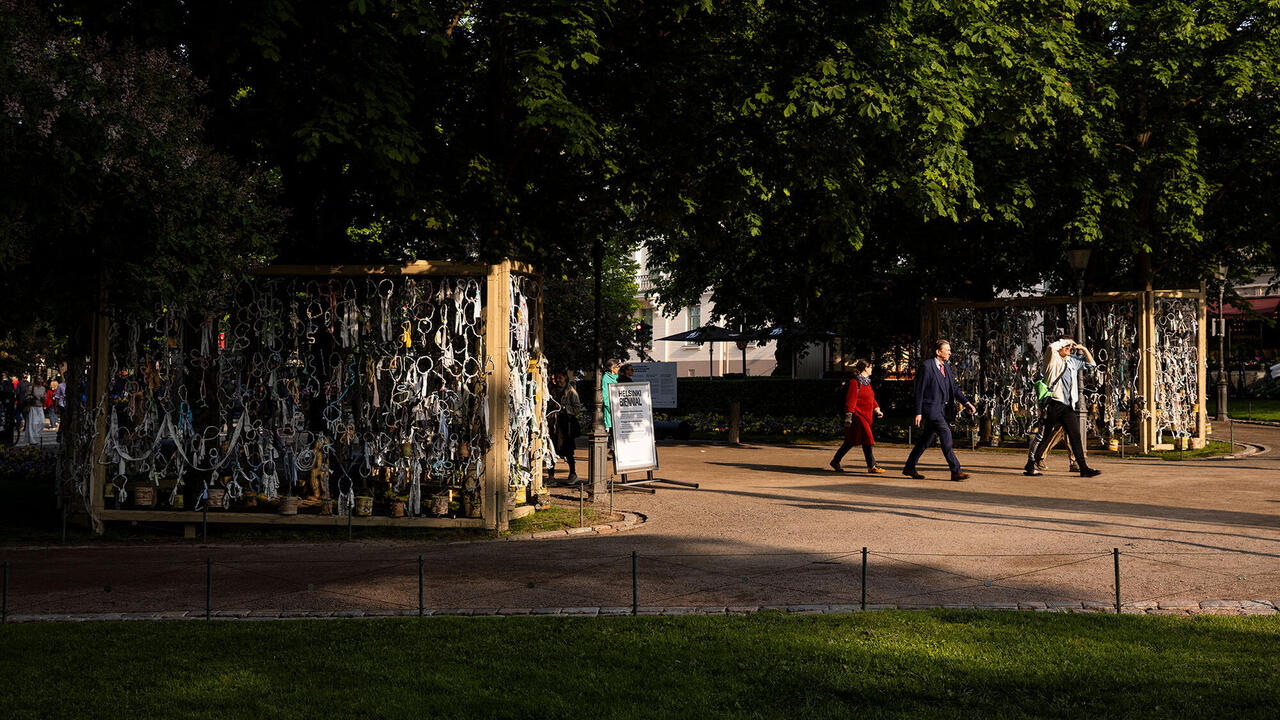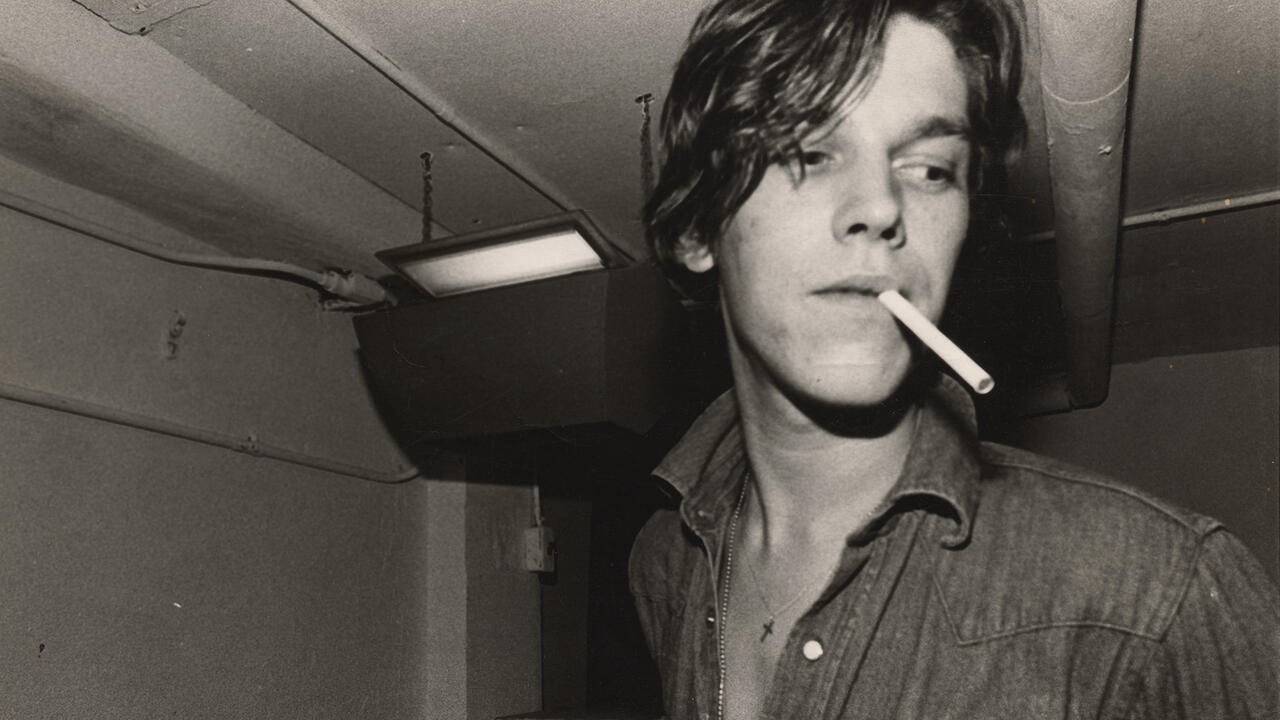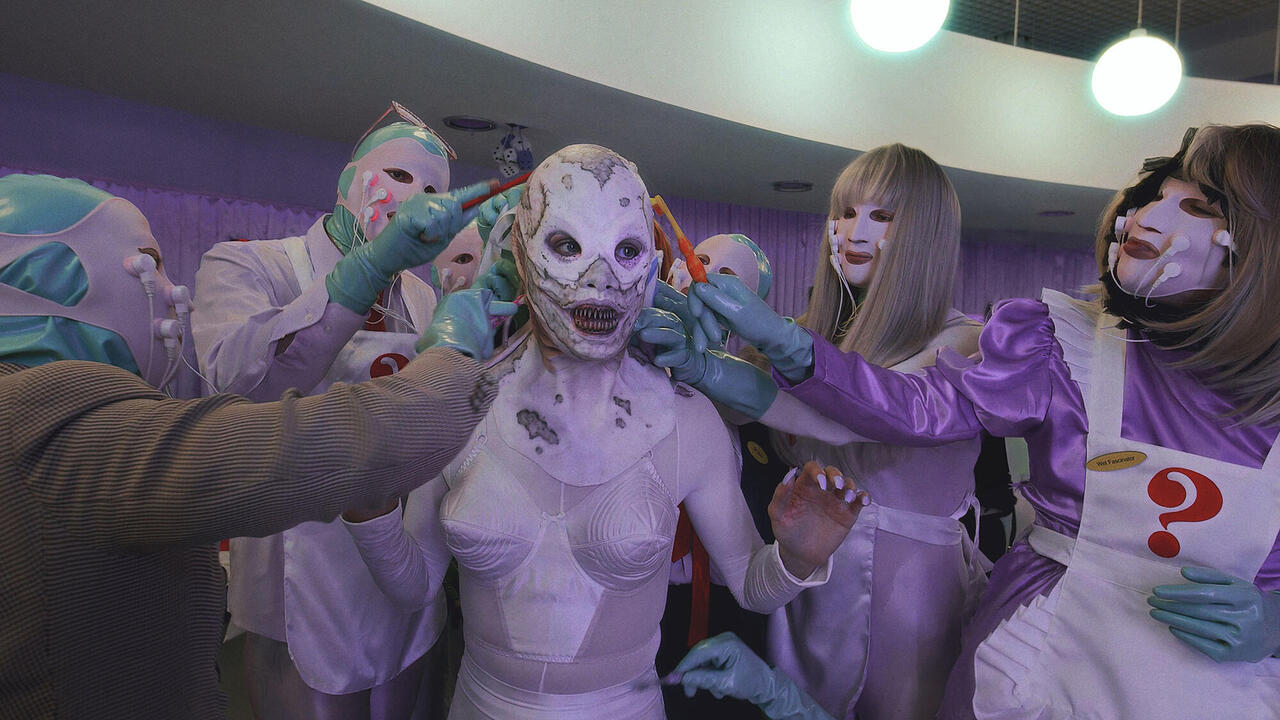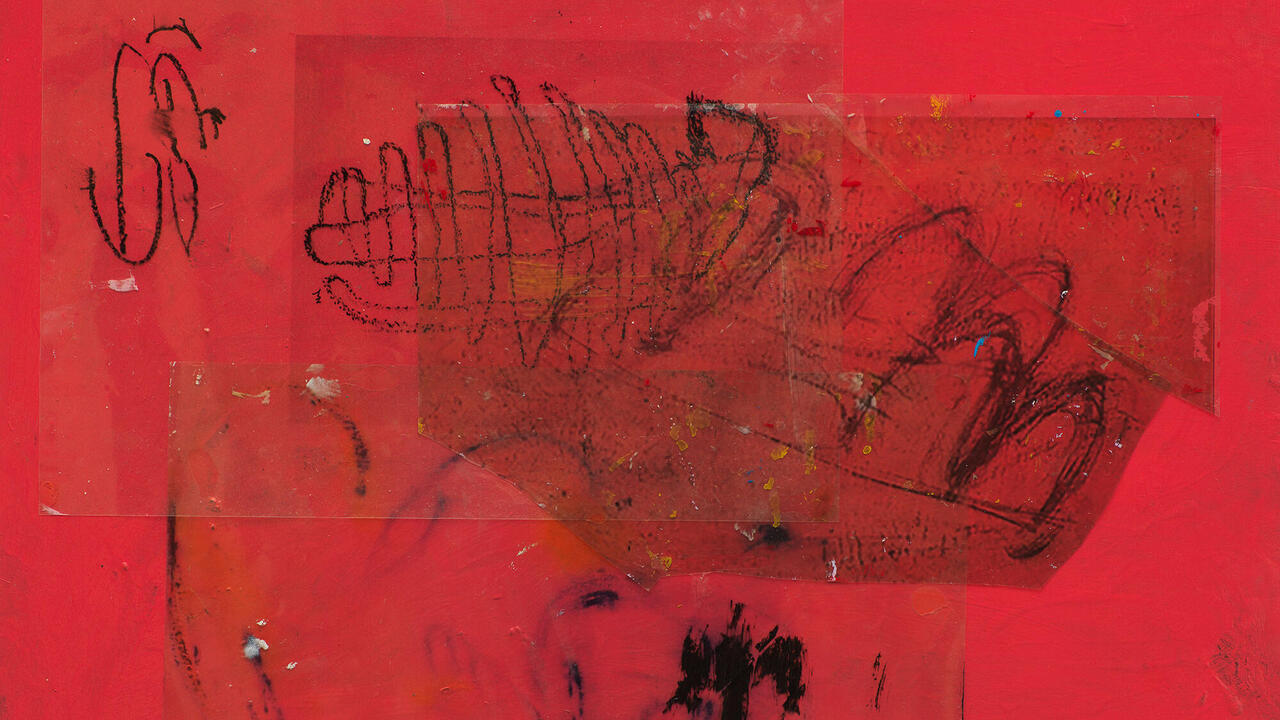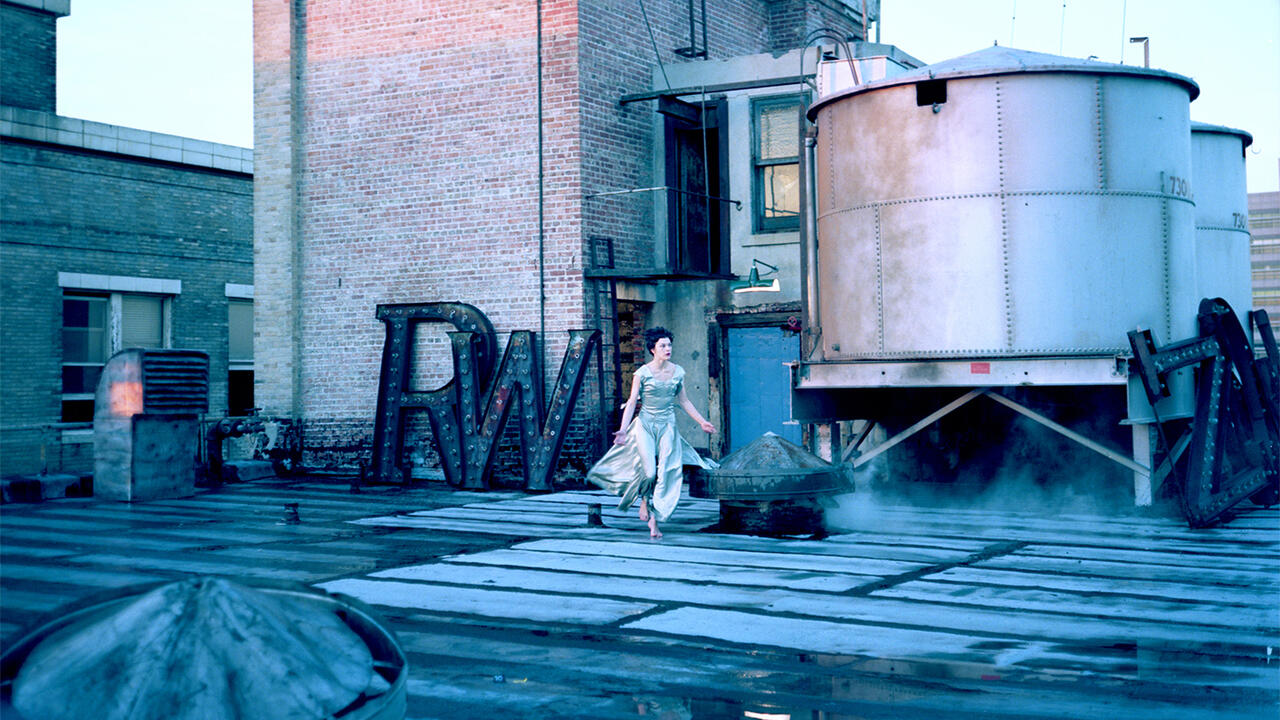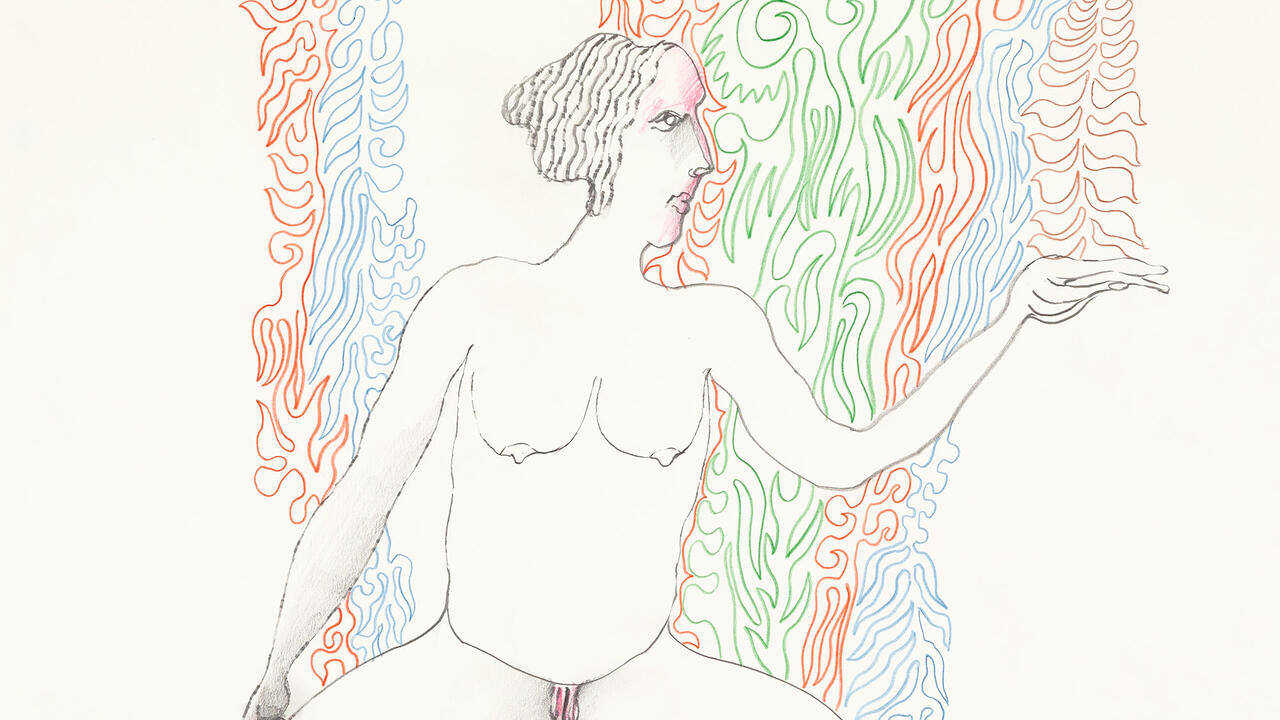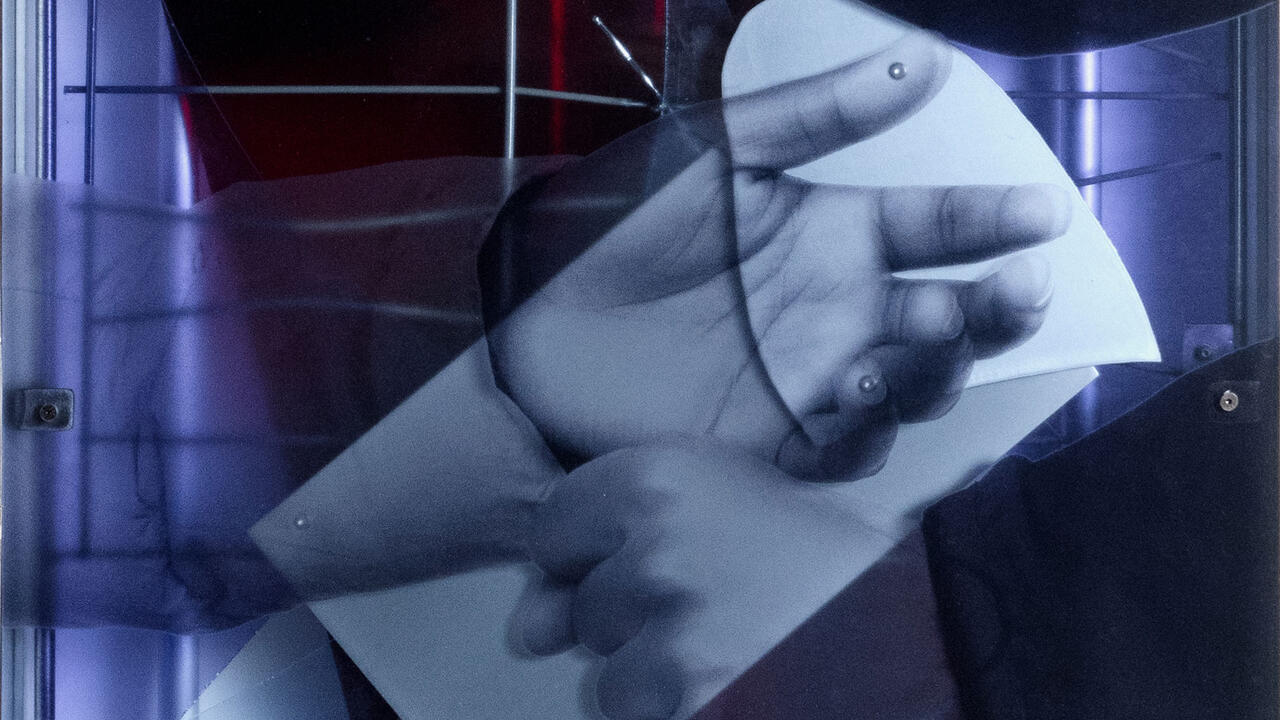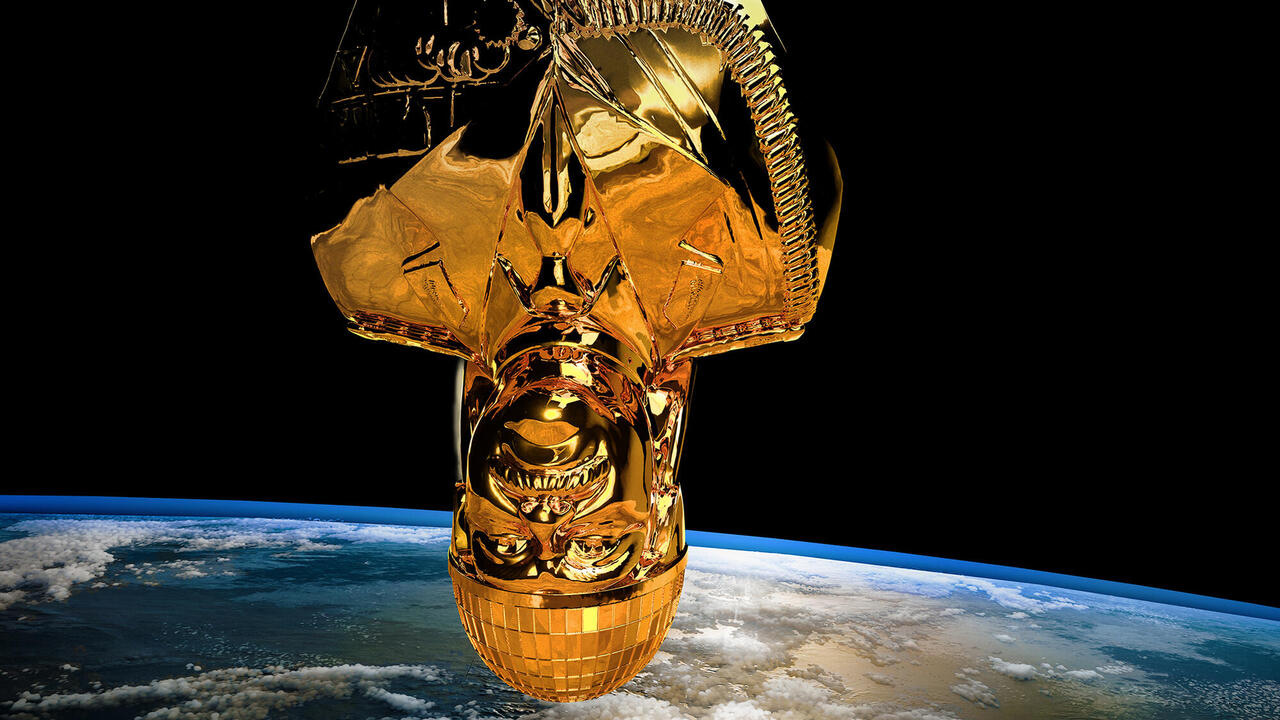Sven Johne Portrays Social Realities through Fictional Realism
At Galerie Nagel Draxler, Cologne, the artist's collages delve into the economic and geopolitical realities of Nord Stream 2
At Galerie Nagel Draxler, Cologne, the artist's collages delve into the economic and geopolitical realities of Nord Stream 2

In August 2020, Sassnitz, a small port town on Rügen Island in the Baltic Sea, made international headlines after US senators threatened to impose sanctions to prevent the completion of the Russian-German Gazprom pipeline, Nord Stream 2. The US administration was outspokenly hostile about the project, due to fears that Russia could abuse rising gas sales as a tool for geopolitical blackmail in Europe. In hindsight, they were right to be sceptical: shortly before Russia’s invasion of Ukraine in February, Germany’s federal government put the authorization process on hold. Nord Stream 2 now symbolizes not only the failure of German foreign economic policy but also the dashed hopes of the less-developed Mecklenburg-Western Pomerania region, which had expected to benefit from this large-scale industrial project.

Prompted by the pipeline dispute, Berlin-based artist Sven Johne spent four weeks interviewing the citizens of Sassnitz with screen-writer Sebastian Orlac in autumn 2021. Following this field study, Johne produced Nabel der Welt (Navel of the World, all works 2022), a large-format digital collage comprising 15 bird’s-eye views of the town and its port. Currently on display as part of the artist’s eponymous exhibition at Nagel Draxler, the work offers a cool, almost technical view of the landscape in a series of high-definition, black and white photographs. It’s impossible not to become engrossed in the details: a single fishing boat; the ordered storage of the pipeline sections; the parts of a wind turbine awaiting assembly. But what can we really learn about Sassnitz from floating above its surface at a safe distance?

Johne closes this gap by digitally inserting short texts into the landscape, which can be read as the thought bubbles of restaurant owners, realtors, politicians, police officers, people on welfare, anti-vaxxers and fishermen. Taken together, they offer something akin to an oral history of a small German town, touching on the impact of climate change, frustration over COVID-related measures and worries about inflation. The artist is familiar with the region, having been born in Bergen on Rügen in the former East Germany, and his work often focuses on the socio-economic and political transformation of the region post-reunification in 1990. The exhibition presents East Germany as a ‘model region’, in which widespread structural change, privatization, political disenchantment, isolation and far-right drift manifest more evidently than elsewhere. In the video Vom Verschwinden / On Vanishing, the artist’s combination of research and storytelling gives rise to speculative narratives that seek to portray social reality via a form of fictional realism. The camera passes through the deserted landscape of Rügen’s chalk coastline, a focus of longing in German Romanticism. Here, the woods and cliffs become repositories for stories interwoven with the artist’s family history, while also raising the question of what will remain of this landscape in the future as sea levels rise due to climate change.

Installed in the gallery’s office space, the dryly titled, small-format collage Nord Stream 1+2 functions as a more direct political comment on current events. Using black tape, the artist has marked out (and effectively obscured) the route of the two pipelines on a nautical chart of the Baltic Sea. With Germany seeking to reduce its dependence on Russian energy supplies in light of the war, Nord Stream 1, in service since November 2011, may also soon shut down. As Johne explains in the exhibition literature, that would result in ‘two dead pipelines on the seabed, 1200 kilometres long, costing 17 billion euros’. By dragging to the surface this gigantic underwater memorial to the era of Russo-German petropolitics, ‘Nabel der Welt’ gives form to these otherwise abstract economic and geopolitical realities.
Translated by Nicholas Grindell
Sven Johne’s ‘Nabel der Welt’ is on view at Nagel Draxler, Cologne, until 20 August 2022.
Main image: Sven Johne, Nabel der Welt (detail), 2022, digital collage, archival pigment print, wall text, 132 × 292 cm. Courtesy: Sven Johne and Galerie Nagel Draxler, Berlin/Cologne/Munich











